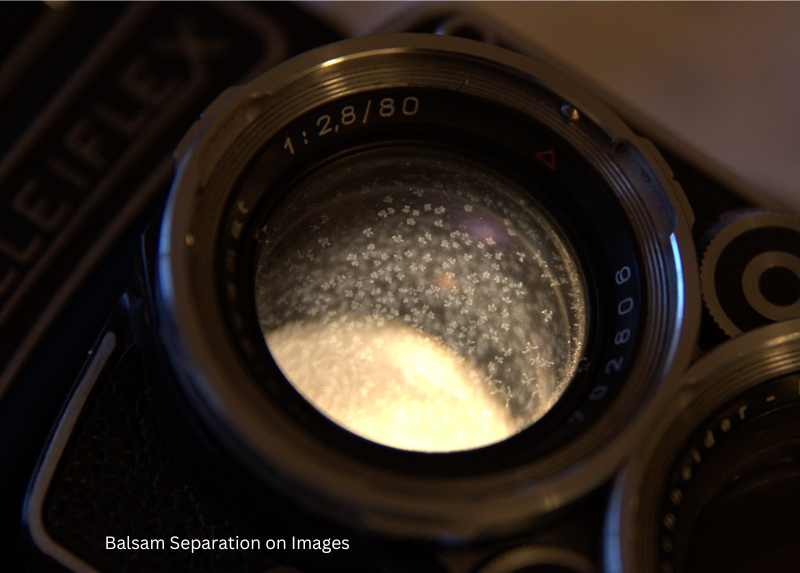In the rapidly evolving world of image processing, techniques and methodologies are continuously being developed to enhance our understanding and interpretation of visual data. One such method that has garnered attention in recent years is Basdalm separation. This technique applies mathematical and computational principles to distinguish different elements within an image, making it an invaluable tool in various fields, from medical imaging to remote sensing. In this article, we’ll delve into the fundamentals of Basdalm separation on images, its applications, techniques involved, and the significance of its implementation.
Understanding Basdalm Separation
Basdalm separation refers to a systematic approach used in image analysis for isolating distinct components within an image. The term “Basdalm” is derived from a specific algorithm or method employed to separate overlapping features or regions in a digital image. The concept is vital for tasks such as object recognition, image segmentation, and feature extraction.
The Importance of Separation Techniques
In many applications, images can often consist of overlapping or closely packed objects. Traditional image processing methods may struggle to accurately interpret these images leading to misidentifications or loss of critical data. Basdalm separation aims to resolve these challenges by applying advanced mathematical models that help in disentangling the components within a given image.
The Science Behind Basdalm Separation
To fully appreciate Basdalm separation, it’s important to understand the mathematical foundations that support this technique. At its core, Basdalm separation utilizes algorithms developed through principles of linear algebra, calculus, and statistics to analyze image data.
Key Components of the Basdalm Separation Algorithm
- Image Preprocessing: Before applying Basdalm separation, preprocessing of images plays an essential role. This stage often involves operations such as normalization, noise reduction, and enhancement, ensuring optimal conditions for effective separation.
- Segmentation: This step involves dividing the image into multiple segments that resemble a partitioning process. The Basdalm algorithm uses specific criteria, like pixel intensity or color similarity, to identify distinct regions.
- Feature Extraction: After segmentation, the next step involves retrieving relevant features from each segment. Features could include edges, shapes, textures, and colors, which help in identifying and isolating components more accurately.
- Classification: Finally, the segmented features are classified into categories based on predefined criteria or trained models, allowing users to interpret and analyze the images effectively.
Applications of Basdalm Separation on Images
The versatility of Basdalm separation makes it an important technique across various realms:
Medical Imaging
In medical fields, especially in radiology, Basdalm separation helps in analyzing complex images like MRIs or CT scans. By accurately isolating tumors from surrounding tissues or differentiating between healthy and diseased structures, physicians can make more informed decisions regarding diagnosis and treatment plans.
Remote Sensing
In satellite and aerial imagery, accurate separation of geographic and environmental features is crucial for analysis. Basdalm separation can help distinguish between water bodies, vegetation, urban areas, and other land use categories, assisting urban planners and environmental scientists in monitoring changes over time.
Object Detection and Recognition
Basdalm separation plays a significant role in computer vision applications such as facial recognition, autonomous vehicles, and security surveillance systems. By accurately isolating people, vehicles, or other relevant objects within a scene, these systems can operate more efficiently and accurately.
Challenges in Basdalm Separation
While the benefits of Basdalm separation are significant, several challenges can hinder its effectiveness:
- Computational Complexity: The algorithms can be computationally intensive, requiring substantial processing power and memory, especially when handling high-resolution images or vast datasets.
- Variability in Image Quality: Poor image quality can greatly affect the separation process. Images with significant noise, artifacts, or varying lighting conditions may present additional complexity.
- Algorithm Limitations: Depending on the specific implementation, the Basdalm separation algorithm may have inherent limitations in its ability to handle certain types of images or specific overlapping situations.
Future Directions
As technology evolves, the logic and methodologies behind Basdalm separation are being refined and enhanced. Further developments in machine learning and artificial intelligence are likely to improve the accuracy and efficiency of separation techniques, paving the way for new applications that could revolutionize how we interpret images.
Integration with Deep Learning
Deep learning techniques have shown great promise in enhancing image analysis. By combining Basdalm separation with deep learning, researchers can train models to better recognize and separate complex image structures, thus improving overall accuracy.
Improved Software and Tools
The ongoing advancement of software tools that implement Basdalm separation is essential for making this technology accessible for various industries. User-friendly interfaces and real-time processing capabilities will empower professionals across multiple fields to utilize this powerful technique.
Conclusion
In conclusion, Basdalm separation is a vital component of modern image analysis that serves a range of applications in medical imaging, remote sensing, and computer vision. By leveraging mathematical models and advanced algorithms, it enables the effective decomposition of images into distinct components, significantly enhancing our ability to interpret visual data. As technology continues to progress, the potential for Basdalm separation on images will only broaden, opening up new avenues for exploration and application in diverse fields. Understanding this technique is crucial not just for professionals in the industry but for anyone interested in the intricate relationships embedded in the images that surround us.
